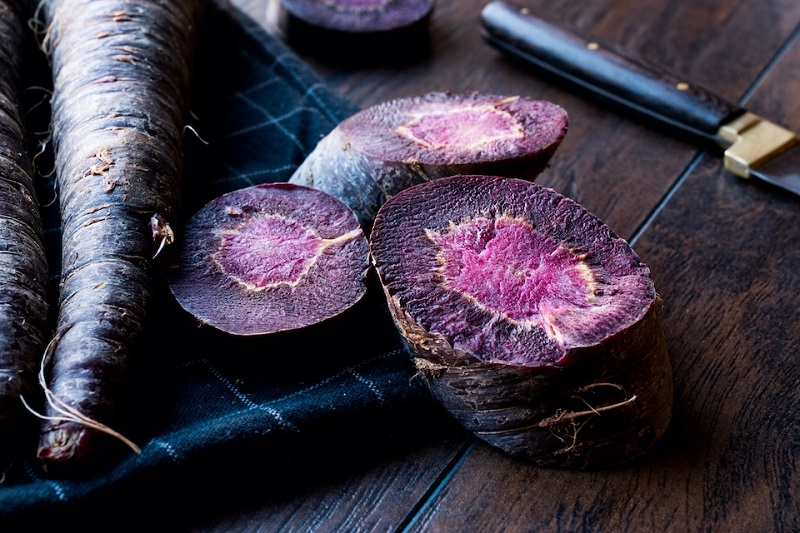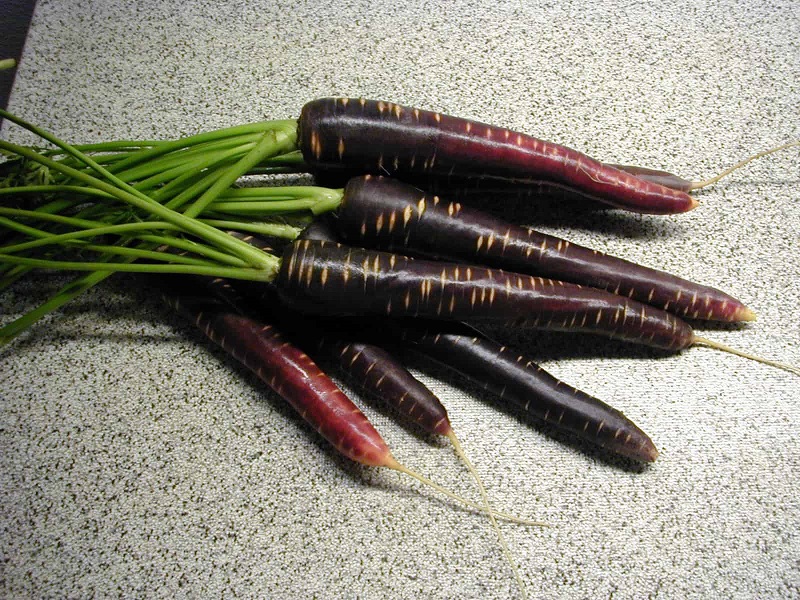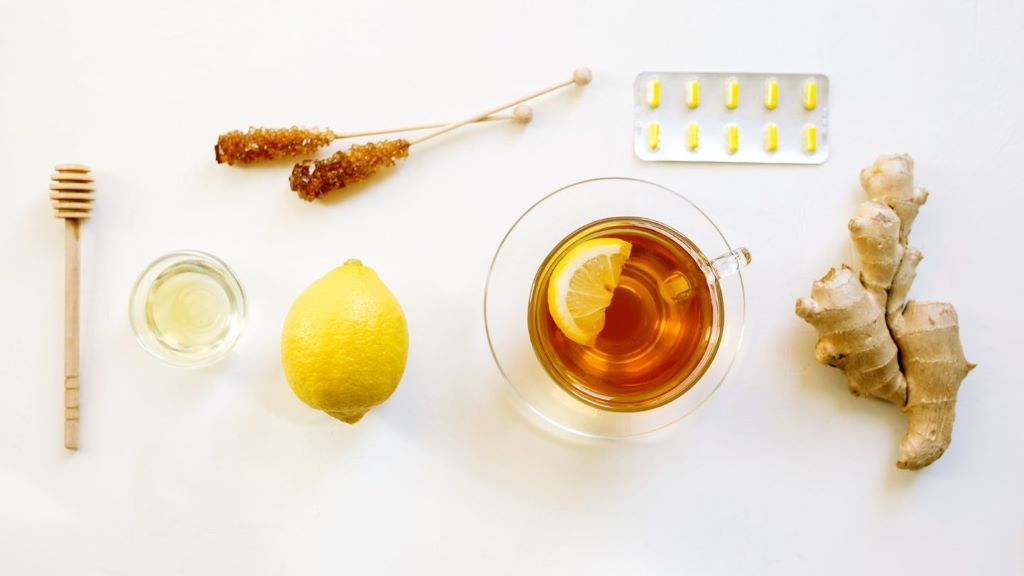The Daucus carota family has a wide variety of carrots of different colors ranging from yellow to white to purple to deep black. Carrots can be of different colors, in fact, the yellow ones have xanthophylls. The white ones have lignin and quercetin, the red ones have lycopene (like tomatoes).
The black one, almost unknown in Europe, is renowned in eastern countries, India and China. Here it is usually consumed and its beneficial properties have been known since ancient times. Purple carrot has properties similar to those of blueberries, plums, grapes: it is rich in anthocyanins, powerful antioxidants against free radicals, against inflammation, to prevent circulatory problems. And to counteract the damage caused by the ultraviolet rays of the sun.
The black carrot is not easy to find at the supermarket here in the West. But it is a vegetable that does not require particular characteristics to be grown. So you might think about planting some seeds in your garden to have them available later. However, protect it from the cold because it does not tolerate it very much.
Nutritional principles of black carrot
Black carrots are low in fat, they only have 5%. They have 13% protein and 82% carbohydrates. They have various mineral salts, such as zinc, magnesium, phosphorus, calcium. And in greater quantities potassium, sodium, and above all selenium. They also contain vitamin B, above all, but also vitamins A and C in a fair percentage.
Beneficial properties of black carrot
Black carrots are not so popular in the East for their delicious flavor. But also and above all for their countless therapeutic capabilities. The properties are in fact:
Well-being for the microcirculation and digestive system: the high percentage of vitamin A and also of vitamin C are beneficial for the heart, blood vessels, and eyes
It also contains many B vitamins, so it is very useful for the proper functioning of the liver and stomach
Contains many mineral salts such as iron, potassium, calcium useful for the good health of bones and teeth. And above all a high percentage of selenium, very important for the well-being of the organism
Presence of substances that are good for skin, eyes, hair, blood
- Anti-aging properties: Presence of abundant antioxidants (12 times more than the orange ones), or anthocyanins of the flavonoid family, which help prevent the action of free radicals.
- They help in the prevention of cancer and in the therapeutic treatment of the same. In fact, it seems to have an action against the toxins of the drugs used in chemotherapy, which also attack healthy cells.
- Anthocyanins also help in the treatment of neurological conditions. Such as Alzheimer’s disease.
- It appears to inhibit the so-called bad cholesterol ;
- Promotes the proper functioning of the immune system against infections and inflammation;
- Qualitatively improves male sperm ;
- Excellent for slimming diets, because they break hunger and are rich in fiber, preventing water retention and cellulite.
How can black carrots be consumed?
Purple carrot can be eaten raw, without peel, as a snack, or grated in salads. Or cooked, sautéed, boiled, or steamed. Although it is certain that when raw it maintains its beneficial properties at its best. With this carrot. It is also possible to make a delicious juice, which contains 40% more beta-carotene than the classic carrots we know. The black carrot can also be used as a nutrient in a low-calorie diet, its juice in fact contains only 20 kcal per 100 g, given that a medium carrot weighs 70 grams, a black carrot has 24 kcal.
The black carrot has another concentration of pigment and for this reason, it can be an excellent and effective food coloring, healthy and natural. Even if you do not know, it is contained precisely for this reason in many juices on the market with a red and dark color, try to read the labels! Its pigmentation capacity is evident, it is sufficient to drink a glass of black carrot juice and the tongue will have a very dark color. The strong coloring of the carrot is a system that the plant adopts to attract insects and consequently favor pollination.





